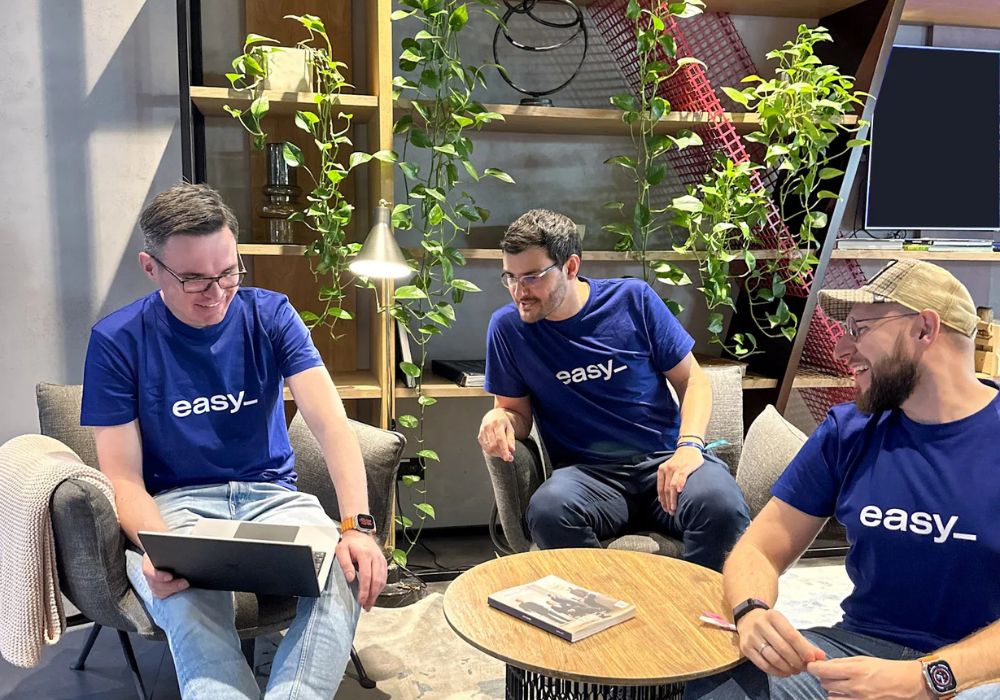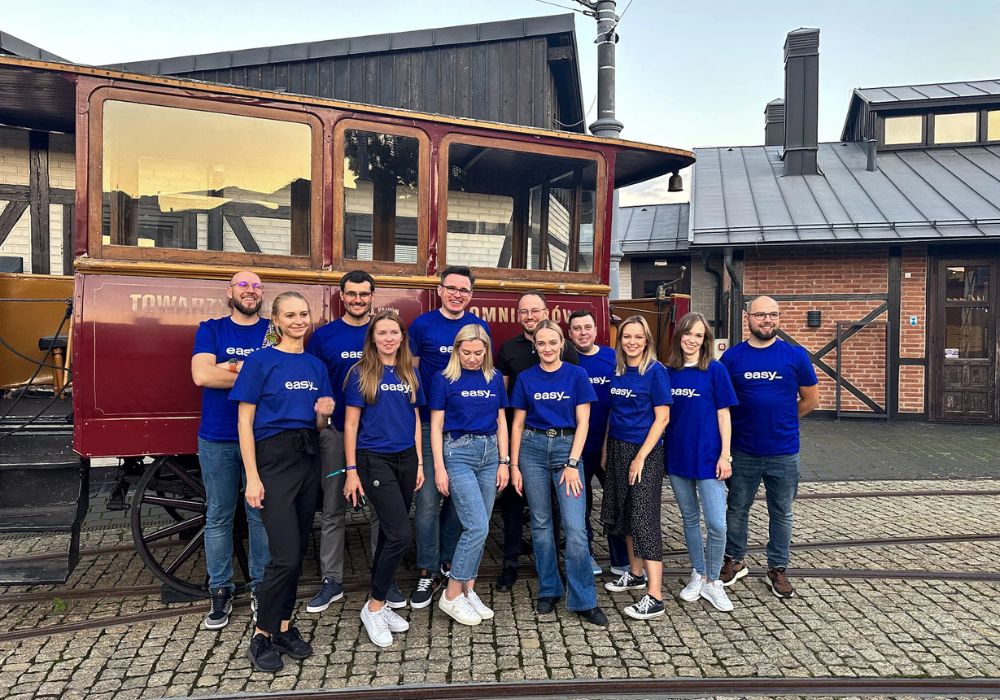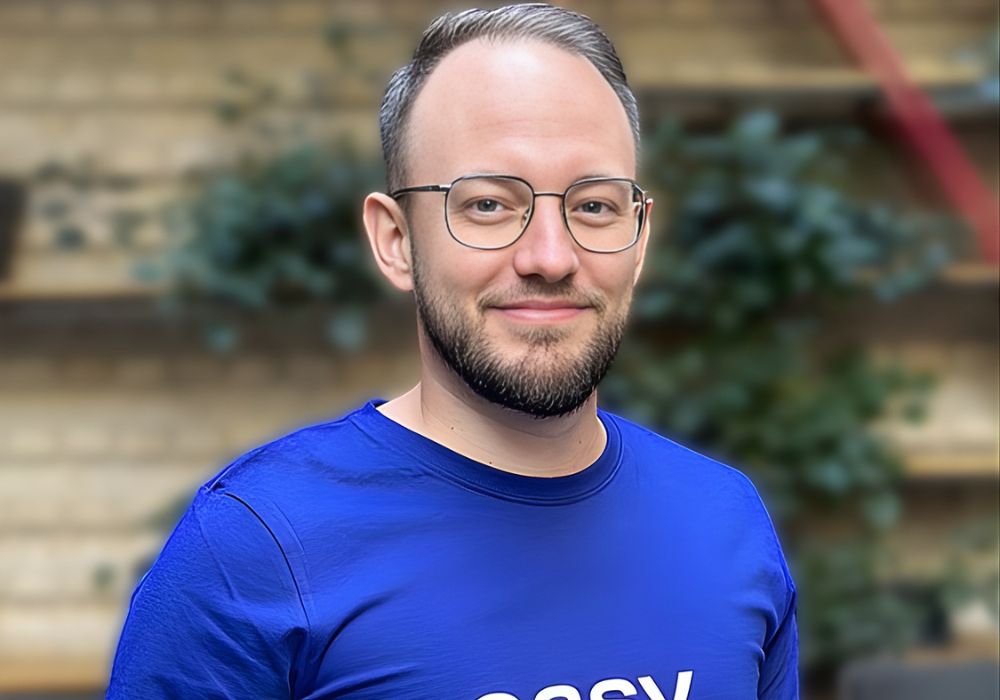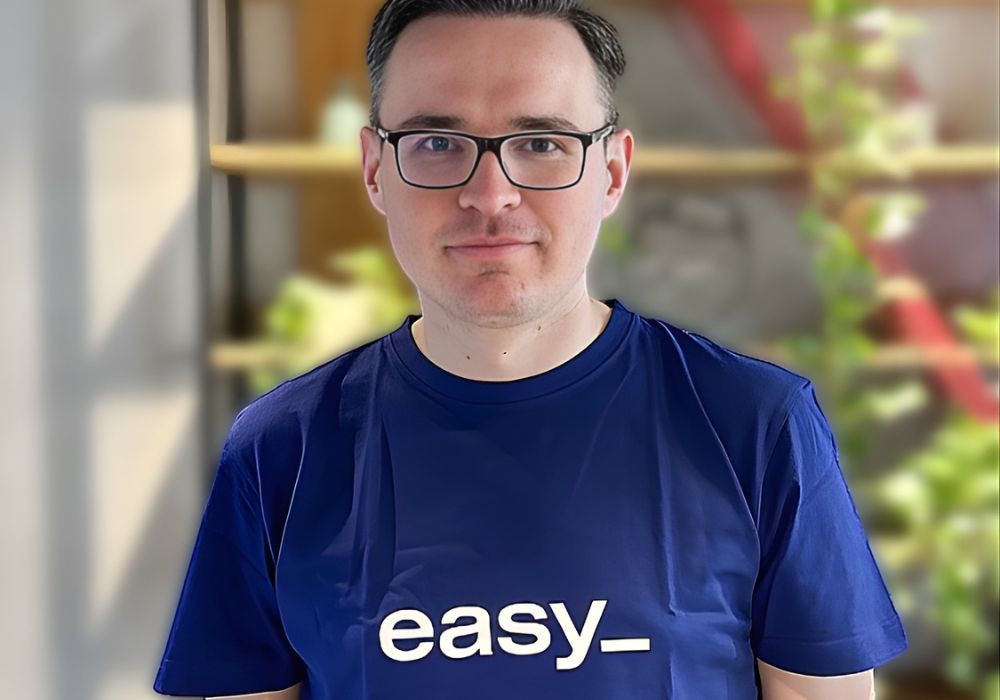For years, aspiring creators have been sold a lie: you need tens of thousands of followers, a viral post, or a massive email list to make real money online. This pursuit of vanity metrics has left countless talented people frustrated, burning out as they chase an ever-growing audience.
But what if the secret to a sustainable creator business isn’t more followers, but better ones? What if your small, dedicated community is actually your biggest competitive advantage?

This guide flips the script on traditional influencer marketing. It’s not about shouting into a crowded room of strangers. It’s about having a meaningful conversation in a cozy, trusted circle. Here, we’ll explore how to identify your true fans, create offers they genuinely need, and build multiple income streams from the micro-audience you already have.
If you want a deeper, step-by-step framework for turning a tiny audience into a profitable business, grab the complete ebook Monetize Your Micro Audience here:
➡️ https://ebooks.thedigipalms.com/monetize-your-micro-audience










